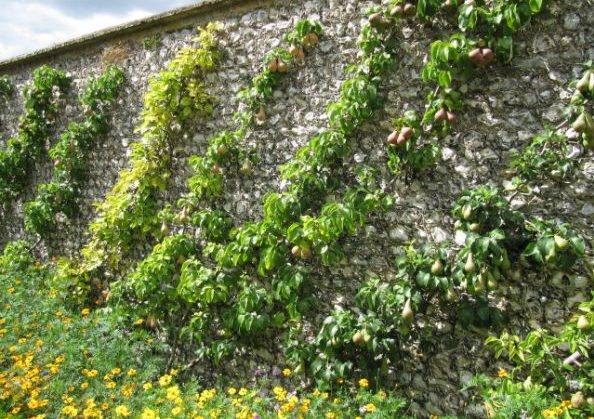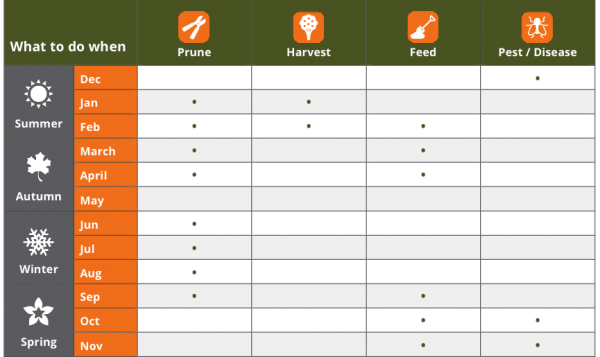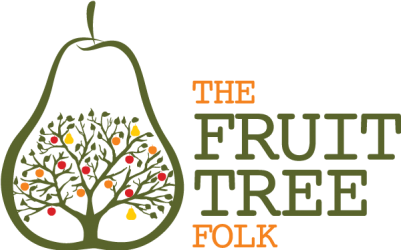
Common Name: Pear, European & Japanese (Nashi)
Botanical name: Pyrus communis, Pyrus pyrifolia
Summary
Deciduous long-lived large tree, ornamental glossy green foliage and extremely hardy.
Native to Asia and eastern Europe where cultivation has been recorded at least far back as 1000 BC with Homer declaring the pear to be ‘the fruit of the gods’. The buttery soft flesh of the modern European pear we eat today descends from the orchardists of 18th century France and Belgium.
Pears are vigorous and easy to train, making excellent espalier, open vase, pyramidal or any tree shape you desire.
Likes
- Vigorous vertical growth removed/tied down to promote fruiting spur development
- Warm summers
- To be grafted onto other pear trees
Doesn’t like
- Bruising
- Being thirsty in spring and summer
Flowers in
Early to middle Spring
Fruits in
February – May
Care
Planting
Bare rooted in winter.
Pollination
‘Williams’ pear is self-fertile but most other varieties require a compatible cultivar to cross-pollinate. The modern nashi will self-pollinate, but performs better in the presence of another.
Pruning
Winter and summer, removing and shortening of vigorous vertical growth.
Disease and pest management
Codling moth. Pear and cherry slug, possums and to a lesser extent, birds.
Moisture
During flowering and fruit set and as fruit ripen.
Feeding
Autumn and spring.
Harvesting
European pears should be picked mature but still hard. They store well in cool temperature. Nashi pears should be picked when ripe.


